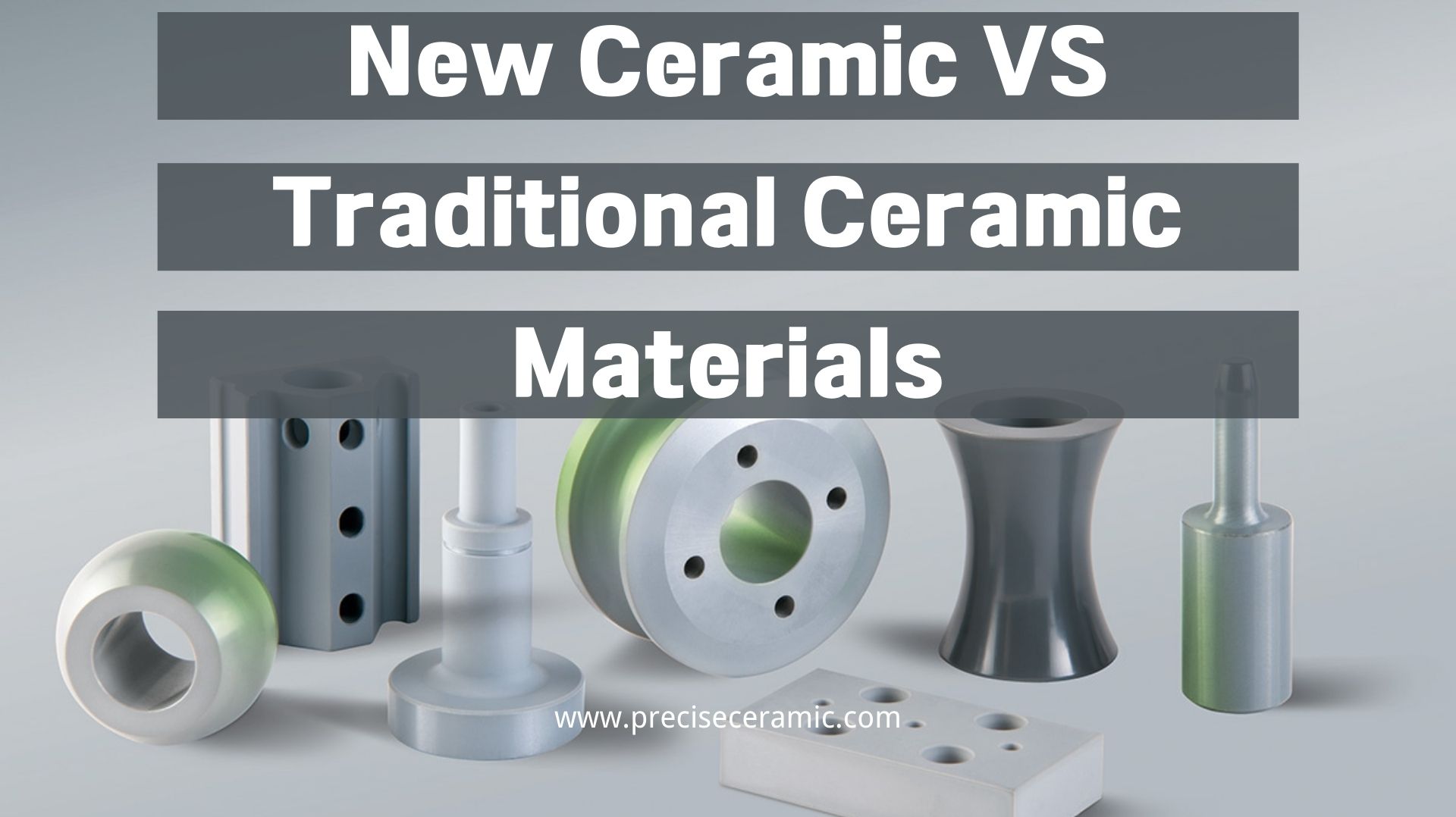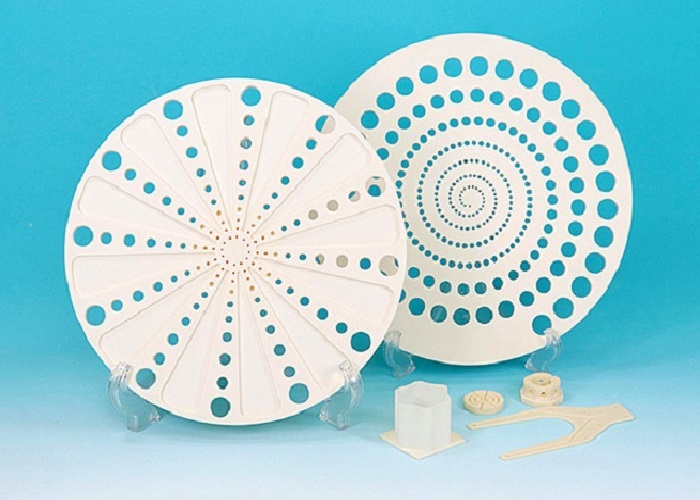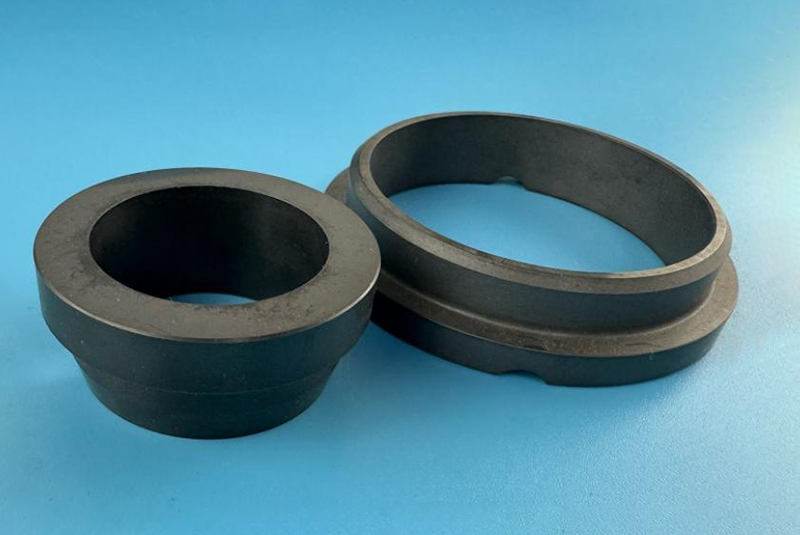New Ceramic VS Traditional Ceramic Materials

Ceramic material is an inorganic non-metallic material made by forming and sintering natural or synthetic compounds at high temperatures. It has both the common advantages of metal materials and polymer materials, and its fragility has been greatly improved in the process of continuous modification. Ceramic materials are unique in the field of materials because of their excellent properties, which are highly valued by people and will play a very important role in the future of social development.
New Ceramic VS Traditional Ceramic Materials
Traditional ceramics mainly use natural rocks, minerals, clay, and other materials as raw materials. The new type of ceramics is made from high purity inorganic compounds which have been synthesized by artificial synthesis and under strict control by molding, sintering and other treatment. It has a series of excellent physical, chemical and biological properties, and its application range is far beyond that of traditional ceramics, which are also called advanced ceramics or precise ceramics.
Categories of Ceramic Materials
Ceramics can be divided into two categories by chemical composition. One is pure oxide ceramics, such as Al2O3, ZrO2, MgO, CaO, BeO, ThO2, etc., and the other is non-oxide ceramic such as carbide, boride, nitride and silicified. It can also be divided into high-temperature ceramics, super-hard ceramics, high toughness ceramics, semiconductor ceramics, electrolytic ceramics, magnetic ceramics, conductive ceramics, etc. by performance and characteristics. With the continuous improvement of composition, structure, and technology, new ceramics emerge endlessly.

Better Performance of New Ceramic Materials
New ceramic materials have their unique advantages in performance. In terms of thermal and mechanical properties, new ceramic materials have high-temperature resistance, thermal insulation, high hardness, wear resistance, etc.; in terms of electrical properties, there are insulation, piezoelectric, semiconductor, magnetic ceramics, etc.; in chemistry, they have functions of catalysis, corrosion resistance, and adsorption; In biology, they have biological compatibility and can be used as biological structure material. Therefore, the research and development of new functional ceramics is an important field in materials science.
Application and Development of Ceramics
In recent decades, the application and development of ceramic materials have been very rapid. As one of the most potential developing materials after metal materials and polymer materials, ceramic materials have significantly superior comprehensive performance in various aspects of the metal materials and polymer materials currently used. In addition, studies have found that the wear rate of ceramics is different under different loads. The pore does not cause crack propagation at low load; in the case of high load, the pores become unstable, and cracks and expansion cracks will be formed in the pores, resulting in high wear rate of products and weak anti-wear mutation ability. The application prospect of ceramic materials is quite broad, especially the rapid development of energy, information, space technology, and computer technology, which promotes the application of materials with special properties. The preparation technology of advanced ceramic materials is changing with each passing day, and the development of nano-ceramic materials has made amazing achievements and great breakthroughs.
Conclusion
Thank you for reading our article and we hope it can help you to have a better understanding of new ceramic and traditional ceramic materials. For more information about ceramics, please visit https://www.preciseceramic.com/.
{{item.content}}
LEVE A REPLY
{{item.children[0].content}}
{{item.content}}
LEAVE A REPLY
SUBSCRIBE OUR NEWSLETTER
- AlN Ceramic Substrates: Enabling Next-Gen Electrostatic Chucks
- The Amor of Semiconductor Tools: Why High-Purity Al2O3 & AlN Are Preferred for Plasma Process Chambers
- Silicon Carbide - Ultra-High Temperature Ceramics for Extreme Environments
- Aluminum Oxide Ceramics: Properties and Applications
- Boron Nitride Coatings: The Solution for Molten Metal Applications











